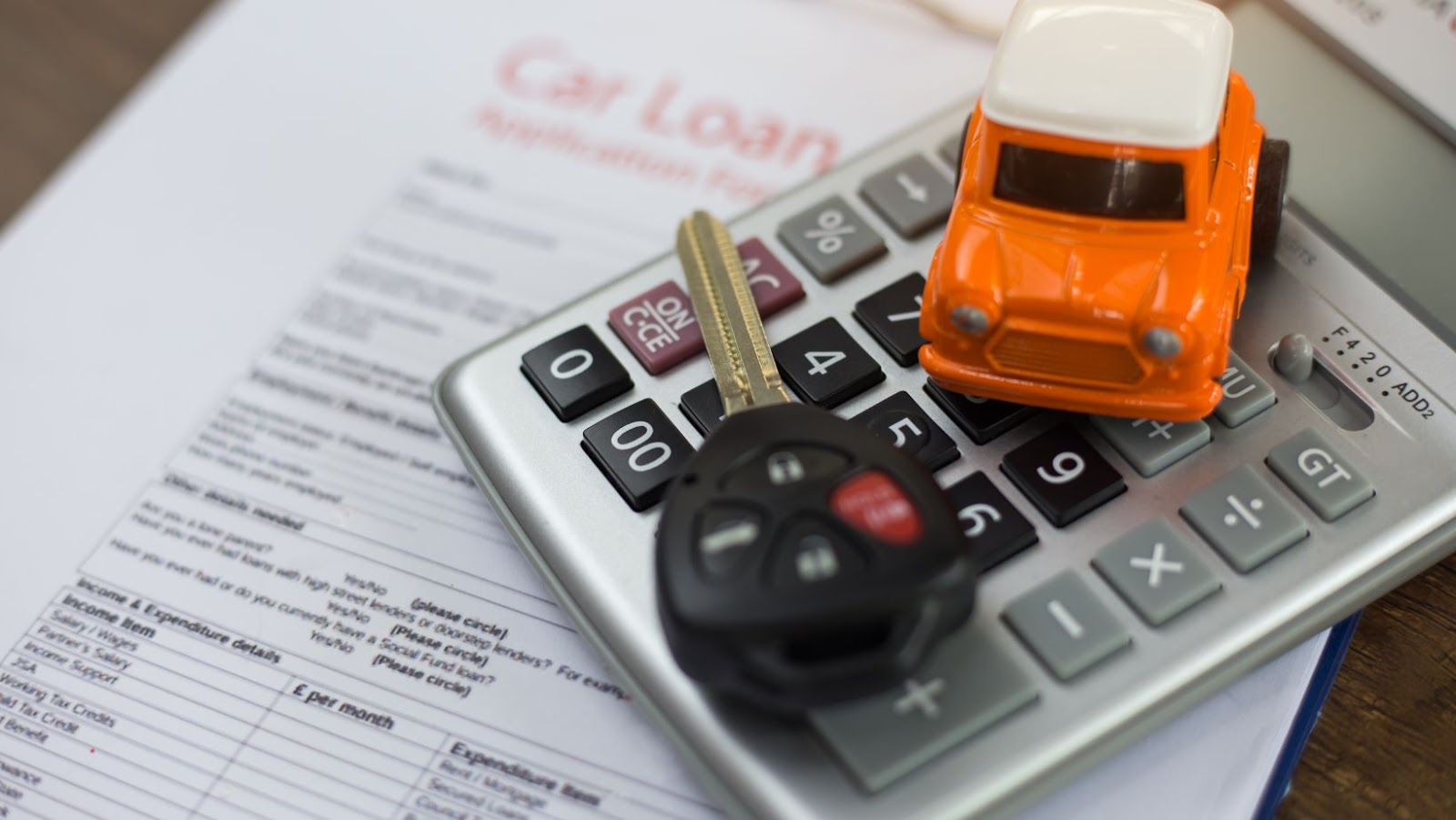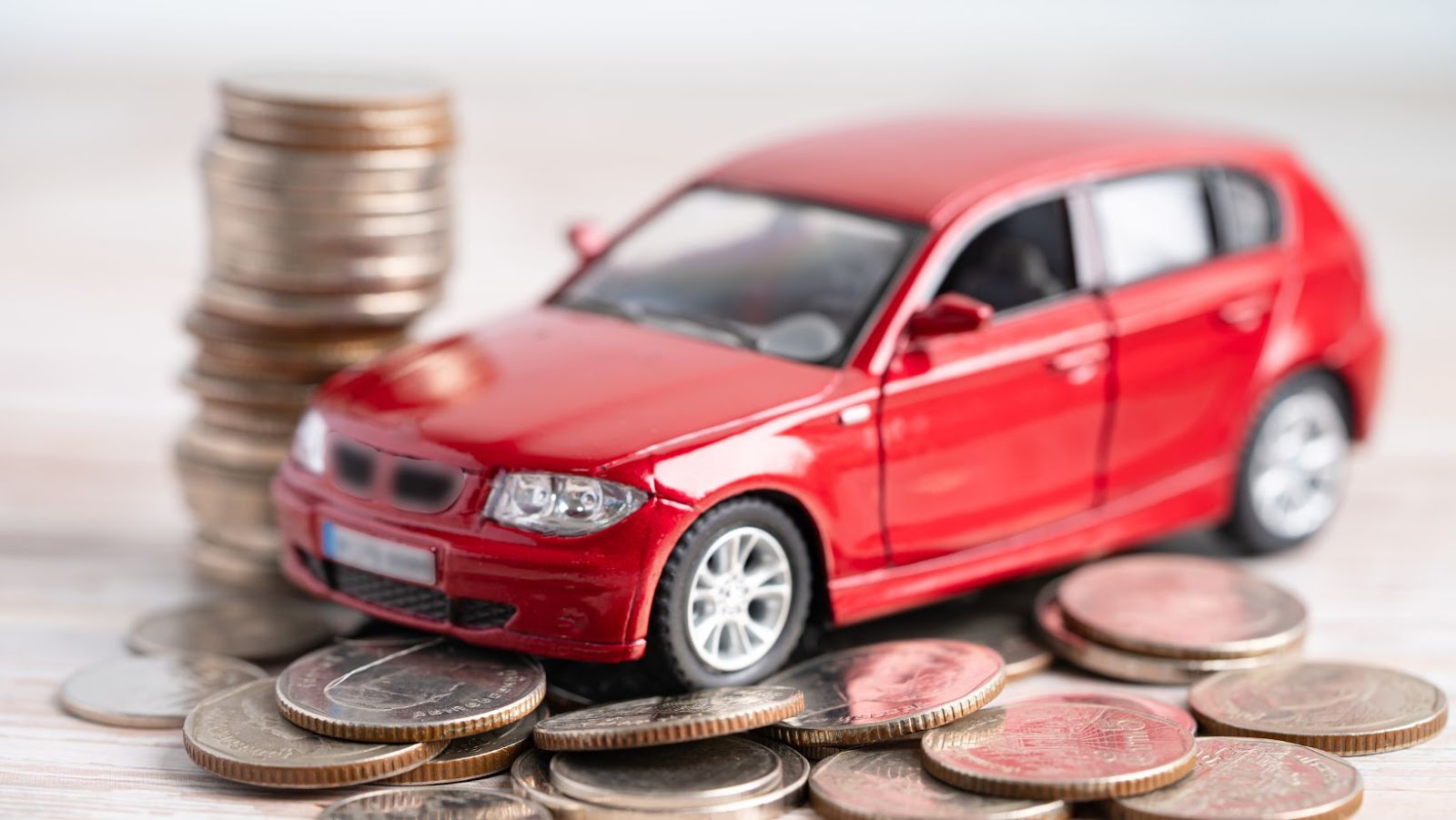Steps to Trade In a Financed Car: A Strategic Guide
How Does Trading In A Financed Car Work
When car owners outgrow their current vehicles or simply crave something new, trading in a financed car becomes a viable option. This section delves into the mechanics of how does trading in a financed car work and weighs the benefits and challenges of such a decision.
What is Trading in a Financed Car?
Trading in a financed car involves the car owner swapping their current vehicle, on which they still owe money, for another vehicle. This process might seem daunting due to the existing loan, but it’s more straightforward than most think. Essentially, the dealership agrees to take over the loan of the current car as part of the transaction. The amount still owed on the vehicle is then rolled into the financing of the new car, adjusting the loan details accordingly.
The key steps in trading in a financed car include:
- Valuation: The dealership assesses the value of the current car. This valuation is critical as it determines if the car owner has equity in the vehicle or is “upside-down,” meaning they owe more than the car’s worth.
- Paying Off the Loan: If the car’s value exceeds the loan balance, the surplus is applied as a down payment towards the new vehicle. Conversely, if the car is upside-down, the difference may be added to the new loan.
- Finalizing the Trade-In: After adjusting the new car’s loan amount, the dealership finalizes the trade, allowing the car owner to drive off with a new vehicle under a new financing agreement.
 Pros and Cons of Trading in a Financed Car
Pros and Cons of Trading in a Financed Car
Trading in a financed car offers several advantages and disadvantages. Car owners should carefully consider these factors before proceeding with a trade-in.
Pros:
- Convenience: how does trading in a financed car work is considerably more convenient than selling it privately. The dealership handles most of the paperwork and pays off the existing loan.
- Immediate Transition: Owners can transition to a new vehicle immediately, without waiting to sell their current car.
- Potential Equity: If the car is worth more than the loan balance, this equity can reduce the down payment on the new vehicle.
- Lower Trade-In Value: Dealerships often offer less for a trade-in compared to a private sale, meaning car owners might not get the full value of their vehicle.
- Rolling Over Negative Equity: Owners upside-down on their loan might end up rolling the negative equity into the new loan, increasing the debt on the new vehicle.
 Process of Trading in a Financed Car
Process of Trading in a Financed Car
Trading in a financed car involves a series of steps designed to streamline the transition from your current vehicle with an outstanding loan to a new one. Understanding how this process works can demystify the experience and ensure you make informed decisions along the way.
Assessing Your Car’s Value
The first step in trading in a financed car is to determine its current market value. Several factors influence a car’s value, including make, model, year, mileage, and overall condition. Tools like Kelley Blue Book and Edmunds offer online appraisal services where you simply enter your vehicle’s details to receive an estimated value. It’s vital to be realistic and informed about your car’s worth to negotiate effectively with the dealer.
Payoff Amount and Equity
After assessing your car’s value, the next step is to understand the payoff amount on your existing loan and whether you have positive or negative equity. Positive equity means your car’s value exceeds the loan balance, while negative equity indicates you owe more than the car is worth. how does trading in a financed car work can obtain your payoff amount by contacting your lender. This information is crucial as it affects your financial situation moving into a new loan.
| Equity Type | Description |
| Positive Equity | Car’s value is greater than the loan balance |
| Negative Equity | Loan balance exceeds the car’s value |
Dealers will apply any positive equity towards the down payment of your new car, potentially reducing your new loan amount. Conversely, negative equity may be rolled into the new loan, increasing your debt.